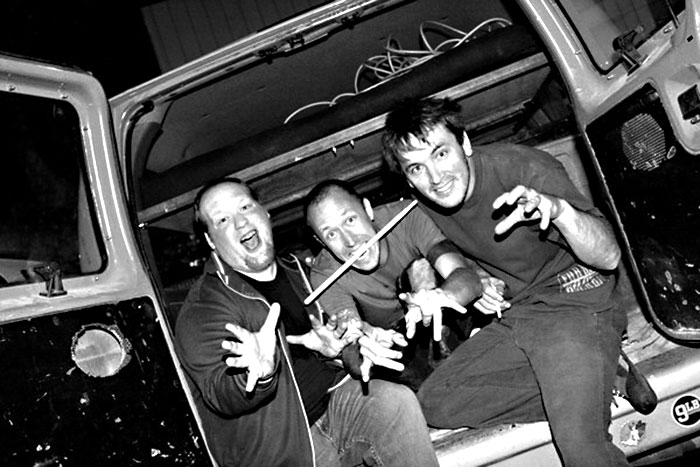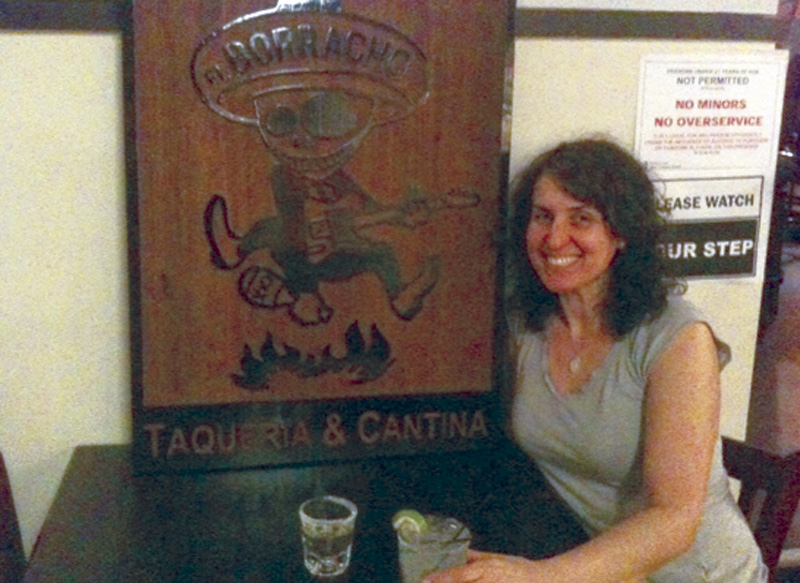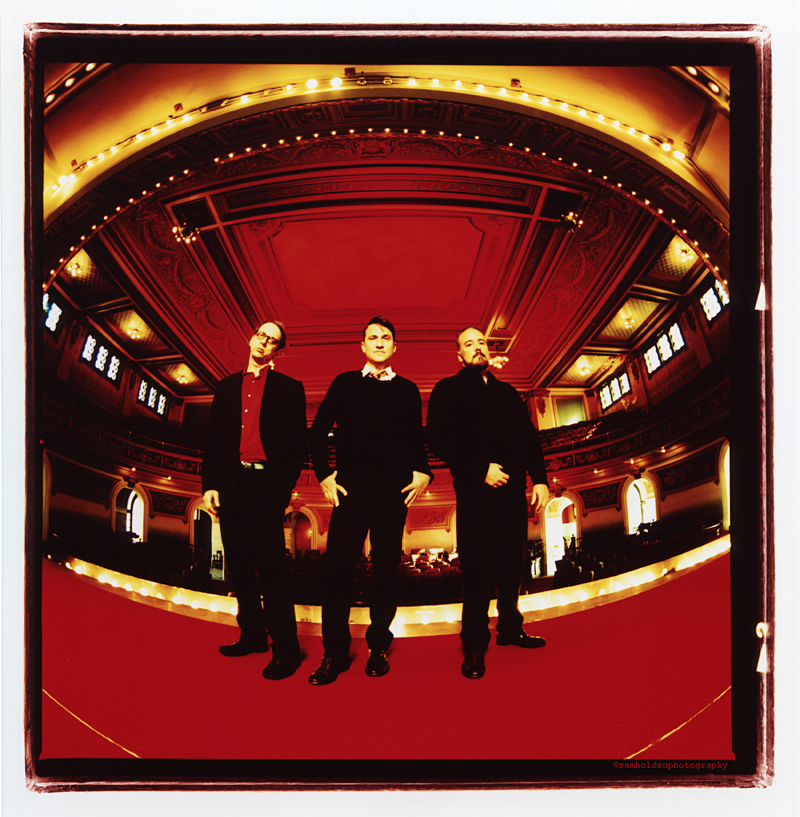“We should be called the Carpenters. This band has led to nothing but construction,” laughs Madraso drummer Chris Jager. He and his bandmates, bassist Doug Owen and guitarist/vocalist Jeremy Curls, are downing post-practice cocktails at the Tin Hat in Ballard and talking about building and soundproofing their new practice space, a task they’ve had to tackle countless times because of repeated moves.
The name may fit metaphorically, but Karen Carpenter and company couldn’t be more different from Madraso. As hard as they are heavy, the punk-influenced trio are emblematic of the strain of seismic rock that has slowly come to define Northwest metal. Using tools similar to their like-minded peers Black Elk, Bacchus, and Red Fang, they compose densely, with a fetish for bass lines so thick and brutal they’d overwhelm the rest of the instrumentation if the guitars and percussion weren’t so willfully chaotic and unpredictable. For the sort of music fan who loves Shellac as much as Motörhead, Madraso is definitely worth a listen.
Having released only a 7-inch and a self-titled EP since their inception in 2004, it’s definitely going to be a serious celebration this Saturday, June 27, at the Sunset when they unveil Van Horne, their first proper full-length. The band recorded with producer Justin Weis (best known for his work with art-punk act Sleepytime Gorilla Museum) at Trakworx studio in San Francisco, to which they credit the fact that Van Horne is not only cohesive, but very reflective of their live sound.
“It was nice because we got out of town and we were really focused,” explains Curls. “Everything was pretty much one take,” adds Jager. “We did it all live, minus vocals and overdubs, so it sounded more like we [do when we] play.” Utilizing old-school analog materials also helped immensely. “We really wanted to do it on 2-inch tape—the juicy juice,” continues Jager, commenting on a recording method known for capturing rich, big sound. “It worked out really well, especially since we’re pressing it on vinyl and [it] sounds much more natural.”
It’s worth noting that the vinyl pressing isn’t just an auxiliary option: It’s the only way people can get their hands on Van Horne. “The CD copy is going in with the vinyl; you have to buy the vinyl to get the CD,” says Curls. “Even if you don’t have a record player, we don’t care!” interjects Jager. “If anything, we hope that having to buy the vinyl will promote the idea of buying a record player,” says Owen.
In addition to being responsible for the band’s formidable bass lines, Owen is a burgeoning entrepreneur who’s slowly building a cult following among musicians for his custom-built effects pedals. “What I’m trying to do with a pedal is not being done very often; I’m putting tubes in them and making it work the way amp tubes are supposed to work,” he explains. A gearhead dialogue with Steve Albini led to their powwow at last week’s Shellac show at the Vera Project, when Owen handed one of his creations to Albini in person. High on Fire’s Jeff Matz and Brothers of the Sonic Cloth leader Tad Doyle are also fans of his handiwork.
“Doug is a mad scientist!” asserts Jager with obvious pride. “The first time he came to practice, I picked him up in my new crappy $200 car, and as soon as I put the key in the lock, it crumbled. He fixed it right there on the spot and got the car started with a spoon.”
MacGyver-esque skills are always desirable, but one of the most charming things about Madraso is their affection for and support of other local bands in their genre. They spend nearly 10 minutes of our chat heaping praise on Mico de Noche and The Ruby Doe, the two bands opening their record-release party. “When we first started playing out, we thought we should play shows with them,” Curls says of The Ruby Doe. “And they ended up becoming really good friends of ours. Make sure you get there early to see them!”








